Snoopy Garden (스누피가든)
0m 0 2024-03-20
930 Geumbaekjo-ro, Gujwa-eup, Jeju-si, Jeju
+82-64-903-1111
Snoopy Garden House is where visitors can meet Snoopy and friends from the popular American comic series "Peanuts." The themed halls designed under the overall theme of "Peanuts, Nature & Life" allows one to connect their everyday life through episodes from "Peanuts." Snoopy Garden House has a total of five themed halls and Peanuts Store.
Dotoreum Parasitic Cone (돛오름(돝오름))
0m 1 2023-12-22
San 3, Songdang-ri, Gujwa-eup, Jeju-si, Jeju-do
This oreum, or parasitic cone, is located southwest of Bijarim Forest. Its name “Dot” comes from the Jeju dialect for pig, as the shape of the peak is said to resemble a pig. Dotoreum Parasitic Cone is home to a wide variety of trees and plants, but among them, it is most well-known for its bija trees. However, paths in this parasitic cone tend to be rather narrow and rugged, so one must prepare accordingly in order to climb the hill without much trouble. Visitors are advised to prepare comfortable shoes and water at the very least.
Secret Forest (비밀의 숲)
2.4 Km 2 2023-02-16
2173, Songdang-ri, Jeju-si, Jeju-do
+82-10-4864-4609
Secret Forest, located in Gujwa-eup, Jeju-si, is a natural forest path that became famous as a must-visit selfie spot on social media. It shows its own unique appeal different from that of other well-known forests on Jeju Island such as Bijarim Forest and Saryeonisup Forest Trail. It consists of diverse elements from the rare cypress forest and vast grassland to stone walls and log cabins, and also features photo spots that contain sentiments and vibes unique to Jeju Island. Here, visitors can enjoy the beautiful four seasons of nature through canola blossoms and pink muhly. However, since it is a privately-owned land, it is prohibited to take pictures in the area until completely passing through the entrance, and must refer to the address shown on the website to get to the paved road.
Songdangnamu (송당나무)
3.8 Km 2912 2024-02-21
68-140 Songdang 5-gil, Gujwa-eup, Jeju-si, Jeju-do
Songdangnamu is a gardening café where visitors can enjoy flowers in a spacious garden. Songdang-ri, known for its abundant rainfall, is recognized as a neighborhood conducive to plant growth, making it popular for landscaping cultivation. The café features a greenhouse filled with various plants such as herbs, palm trees, and catcus, as well as an outdoor garden spanning over 5,300 square meters. The signature menu item is the hallabong ade.
Yongnunioreum Volcanic Cone (용눈이오름)
5.0 Km 20450 2024-03-15
28 Jongdal-ri, Gujwa-eup, Jeju-si, Jeju-do
+82-64-740-6000
Yongnunioreum Volcanic Cone is located in the eastern part of Jeju. It connects three craters and creates beautiful ridges. Its relatively low x_height makes reaching its summit easy. The top offers panoramic views of Seongsan Ilchulbong Tuff Cone and Udo Island in the distance. In spring and summer, the area is covered with green grass, while silver grass takes over in fall and winter.
Darangswi Oreum (Wollangbong Peak) (다랑쉬오름(월랑봉))
5.3 Km 15307 2020-05-06
San 6, Sehwa-ri, Jeju-si, Jeju-do
+82-64-740-6000
Located the Northeastern part of Jeju Island, Darangswi Oreum is a parasitic volcano that stands about 380 meters above sea level. From Darangswi Oreum, visitors can overlook tourist attractions such as Seongsan Ilchulbong (Sunrise Peak), Udo Island, Hallasan Mountain, coastlines, and various parasitic cones.
The mountain has an oval shape from south to north with a steep incline. The top has a large, deep funnel-shaped crater that still preserves its original shape unlike craters in cones. The name Darangswi is derived from the fact that the mountain looks like a moon ('Da' meaning 'Moon' and 'Swi' meaning 'Mountain' in the Jeju dialect).
Trees are scattered here and there at the top, and the outskirts of the mountain are decorated with cedar trees. Meadow plants such as Aster yomena populate most of the mountain. A gentle hill to the right of Darangswi Oreum is called Akkeun Darangswi Oreum (also called Sowol Nangak). Meaning 'small,' 'Akkeun' is both old Korean and Jeju dialect.
Darangswi Oreum hosts Wollang Peak Sunrise Festival every year allowing visitors to see the spectacular full moon from the crater. There are wooden stairs in place for easy ascent, and the mountain is also a popular site for paragliders.
Maze Land (메이즈랜드)
5.4 Km 50877 2021-12-21
2134-47, Bijarim-ro, Jeju-si, Jeju-do
+82-64-784-3838
Maze Land is a themed park boasting the world’s longest stone maze, measuring roughly 5.3 km in total length. The maze is made mainly using stone and wood found on Jeju and is created to reflect the Jeju's three principle items or "Samda," which describes the things abundant on Jeju Island: rocks, wind, and women. The maze not only offers a fun activity for you and your friends, but also provides health benefits as the stones emit high levels of far-infrared radiation and the woods (T. occidentalis) produce a large volume of phytoncides. The park, with its variety of trees several decades old, is the perfect place for "forest bathing,” in which people surround themselves with nature (particularly trees) to soak in the natural benefits.
In addition to the mazes made of trees and stones, visitors are encouraged to check out the maze museum detailing the history of mazes starting from their origin in the 14th century. During the museum tour, visitors may also participate in hands-on activities such as puzzles and games.
Bijarim Forest (비자림)
5.4 Km 38829 2023-11-06
55, Bijasup-gil, Jeju-si, Jeju-do
+82-64-710-7912
Designated and protected as a Natural Monument, Bijarim Forest is home to 2,800 bija trees, ranging from 500 to 800 years in age, spread over 448,165㎡ land area. These majestic trees range from 7-14 meters in x_height, 50-110 centimeters in diameter, and 10-15 meters in crown x_width, so this forest is quite a rare example of its kind in the world. The berries of bija trees were used widely as a medicine used to kill parasites, while the wood was used to make premium furniture and go boards. Forest bathing in a bija forest helps to combat arteriosclerosis, mitigate physical and psychological fatigue, and restore the body’s rhythm.
Bengdwigul Cave [UNESCO World Natural Heritage Site] (제주 선흘리 벵뒤굴 [유네스코 세계자연유산])
5.6 Km 21617 2022-12-27
Jocheon-eup, Jeju-si, Jeju-do
+82-1600-0064
With a total length of 4,481 meters, Bengdwigul Cave is shaped like a maze and has one of the most complex lava tube structures in the world. For geologists, this cave is invaluable since it demonstrates how lava continuously flowed over the surface of the ground and the complex route it took to eventually form a tube deep underground. Created particularly close to the earth’s surface, this cave has a number of entrance holes to the tunnel. Inside, the complex structure of the cave unfolds in the form of double-tiered or triple-tiered rooms. A range of lava formations such as lava columns and lava bridges have developed inside this mystical tube.
* The UNESCO World Heritage designated Geomunoreum Lava Tube System of Bengdwigul, Manjanggul Cave, Gimnyeonggul, Yongcheondonggul and Dangcheomuldonggul Caves.
Geomunoreum Lava Tube [UNESCO World Natural Heritage Site] (거문오름 [유네스코 세계자연유산])
5.9 Km 54870 2024-03-13
Seonheul-ri, Jocheon-eup, and Deokcheon-ri, Gujwa-eup areas in Jeju
+82-64-710-8981
Geomunoreum Lava Tube stands out as one of the distinct oreum (the Jeju language term for parasitic cones) on Jeju Island, marked by its extensive network of around 20 lava tubes running through the volcanic structure. This site is not only a geological marvel but also a sanctuary for diverse biological species. Visitors begin their journey at the Jeju World Natural Heritage Center, from where a path leads directly to the Geomunoreum Lava Tube. It is important to note that prior reservations are required to visit. The significance of this location as a key geological feature was recognized when it was designated as a UNESCO World Natural Heritage Site in 2007. Additionally, an international trekking event is hosted annually to celebrate its global importance.

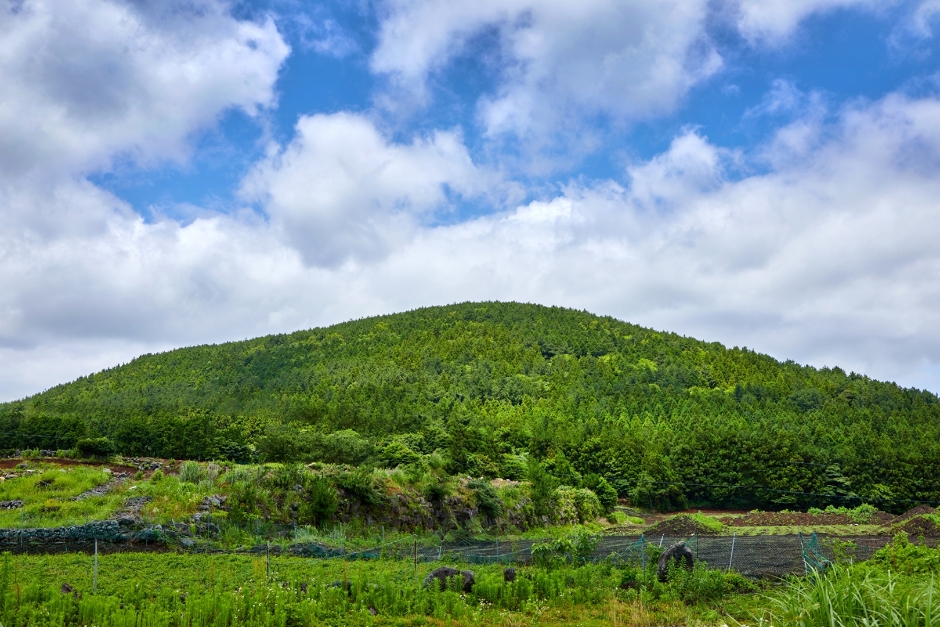
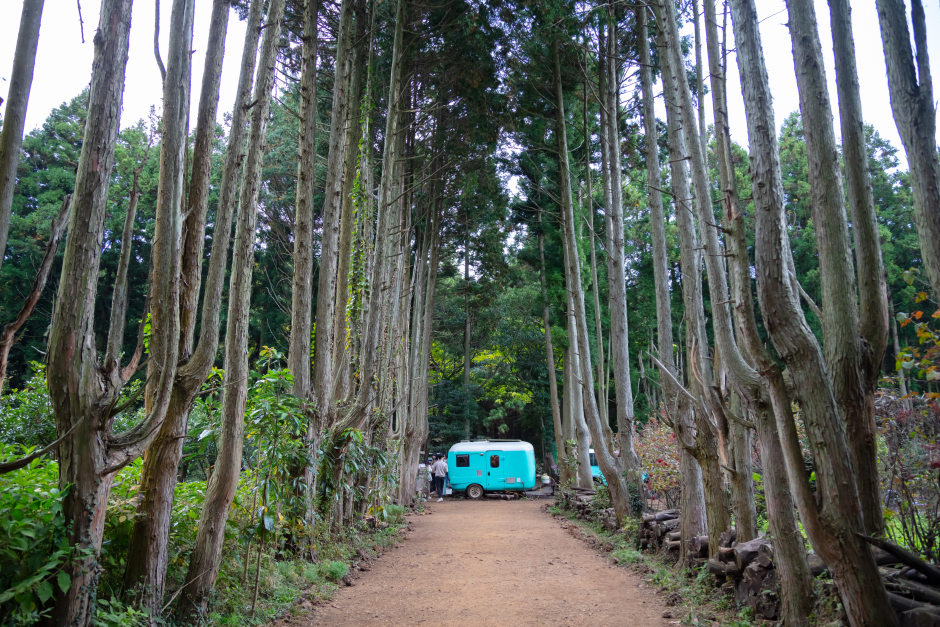
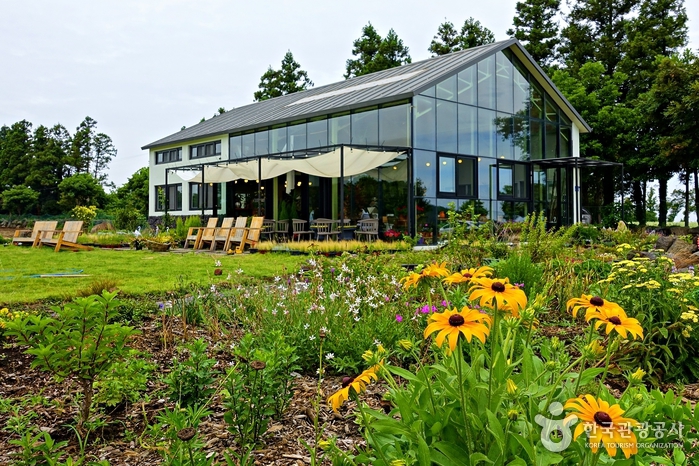
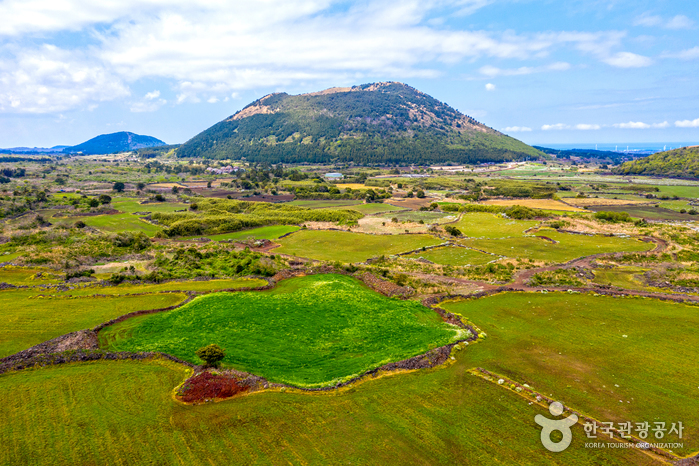
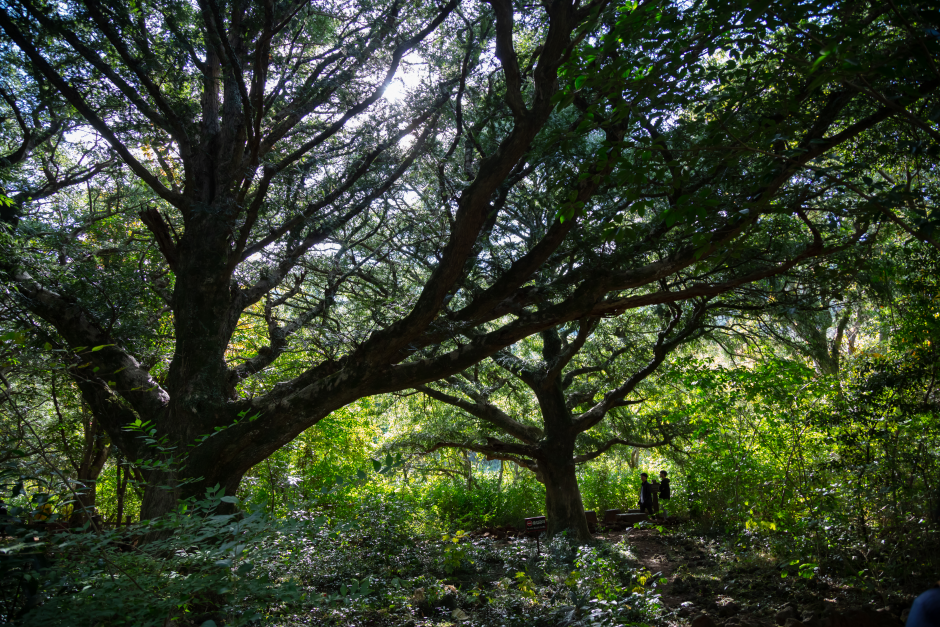
![Geomunoreum Lava Tube [UNESCO World Natural Heritage Site] (거문오름 [유네스코 세계자연유산])](http://tong.visitkorea.or.kr/cms/resource/62/2661662_image2_1.jpg)
 English
English
 한국어
한국어 日本語
日本語 中文(简体)
中文(简体) Deutsch
Deutsch Français
Français Español
Español Русский
Русский